Nobel Prizes 1996
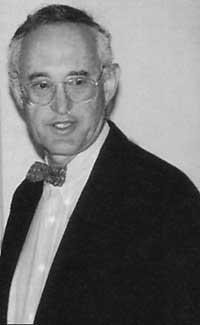
At the beginning of the year, new projects, at the end of the year, valuations… and, of course, towards October, the Nobel Prizes. Without missing, one more year is being fulfilled the annual rite. In addition, this year marks 100 years since the death of chemist Alfred Nobel, which has made media news longer than the usual brief citations. As is known, these awards created by Mr. Nobel in order to stimulate research and humanity, or that have been generated, because in his will there is a fortune and a last desire behind this call, have been divided into different areas. At first the Nobel Prizes in Physics, Chemistry, Physiology and Medicine, Literature and Peace were awarded and in 1968 the Economics Prize was added. The Nobel Prize is the greatest honor a scientist can receive, but without honor Mr. Alfred Nobel who 100 years ago created these awards, who died behind the backs of the world.
Nobel Prize in Physics: superfluidity of helium
Scientists who discovered the superfluidity of helium-3 in the 1970s have received this year the Nobel Prize in Physics. This was a breakthrough in the theoretical field, as it had begun to take into account the emerging properties that until then quantum mechanics had not assumed, giving access to fluid mechanics, contributing to create new theoretical models.
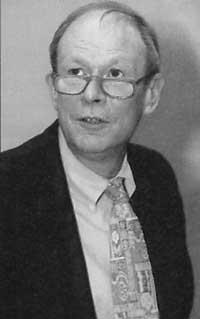
Superfluidity is the property of certain fluids to pour through any slit. And we say it does not apply in all fluids. Since the beginning of this century superfluidity has been studied and, for example, in the case of helium-4, since then also known.
Helium is the second simplest atom in nature, after hydrogen. As is known, the helium core has two protons and two neutrons in the case of helium-4. However, helium-3 has two protons and a neutron, that is, it consists of three elements. Helium-3 and helium-4 belong to the same family, but these structural differences make the behavior of these two elements radically different. Moreover, the properties of one and the other are very different and the theories to be used to explain it are very different.
We have already said that the superfluidity of helium-4 was known from the beginning of the century, but until the beginning of the 70's this characteristic was not found in helium-3. This discovery forced to create the theoretical basis of a previously unknown phenomenon, using the resources of quantum mechanics. It was thought then that quantum mechanics served to explain the behavior of very small elements, but since that discovery the theoretical postulates have been changing. After the superfluidity of Helium-3, research was carried out that initiated the theory of sets and the emerging properties, derived from the laws of quantum mechanics, constituted the new theory: quantum statistical mechanics. David M. Lee, Robert C. Richardson and Douglas D. Osheroff were part of this group. For their contributions both theoretical and practical, this year are the champions of Physics, the Nobel Prizes.
Furelenos, stars of chemistry
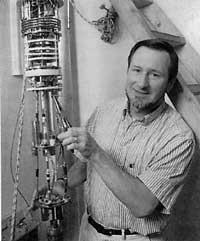
Richard E was found with furelenos. The Nobel Prize in Chemistry has been awarded to researchers Curl and Harold Kroto. The results of the research carried out some twenty years ago are, therefore, those that the Swedish Academy has considered as good and, with this, has confirmed the importance of the discovery that has shaken the current theoretical conceptualization of chemistry.
Furelene is not at all a funny name. Its origin is also curious; for the International Exhibition held in Montreal in 1986, the American architect Robert Backminster Fuller designed a huge vault. Its appearance is half of the football, well known in our country. And it is the same appearance as furelenes or these carbon molecules. Specifically, the structure that aroused interest in these unique structures was that composed of 60 carbon atoms, so to speak, the most common furelene. Subsequently smaller structures have been obtained, composed of 28 atoms, that is, C-28, and much larger, until reaching C-260 researchers.
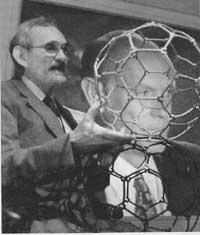
The first research that was published in light of the Furelenes was considered as a simple rarity among scientists, but later the importance of this discovery has been confirmed and today, among those who are engaged in chemical research, both in theory and in practice, the Furelenes are very appreciated. From this discovery it is assumed that changes in the theoretical conceptualization of chemistry will also be necessary.
The results of the research initiated 20 years ago are analyzed to date. These three chemists demonstrated that furelens produce the third stable carbon structure after diamond and graphite. The most remarkable peculiarity of this structure has already been explained to us when we have seen the name: they are resounding.
In chemistry theory this discovery was a great surprise, as it clearly demonstrated the need to review the previous doctrine. Until then, the aromaticity, that is, the property that has nothing to do with the aroma and that represents the stability, was only known in flat structures, but the furelenos are very stable, that is, they have that property, but, as already said, they are absolutely round. The fact that a new molecular structure has given rise to this bewilderment has made a great contribution to the chemistry of this century.
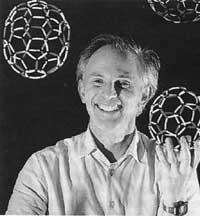
However, the analysis of these structures has not been limited to a theoretical level. At this time the behavior of certain elements within the furelenes is also being investigated. Introducing atoms or molecules into these soccer balls, which have already introduced lanthanum, cesium, gallidonium or potassium, how will the behavior of the new structure be? Do the properties of these atoms or molecules in the void occur equally within furelenes or, as is believed today, the medium itself will emerge new properties? As is known, it cannot be predicted.
What we know at the moment is that a great work will have to be done in order to be able to advance in the way that the Furelenes have shown; in these moments the scientists are adapting the systems of experimentation and studying models that allow to understand what has been found also in the theoretical field.
Nobel Prize in Medicine Immunological Contribution
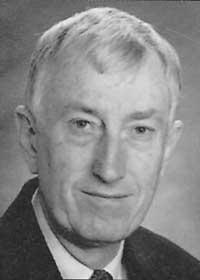
Even using simple models of experimentation, it is possible to make discoveries in science. This is what has taught us, among other things, the silent work of researchers Peter Doherty and Rolf Zinkernagel, who to date are holders of the Nobel Prize in Medicine for their work in immunology since October. In 1974 the studies of these two immunologists were published for the first time, which have been at the basis of the research carried out in this area and have finally obtained due recognition.
The contributions made in terms of histocompatibility are precisely those that have led to the obtaining of this year's Nobel Prize. In fact, the role of the system in the functioning of the immune system, a direct consequence of the degree of similarity between the antigenic characteristics of tissues, is best known since the work done by Doherty and Zinkernagel. All the cells of the human organism have an acceptance system, known as SPH, which the organism itself considers as possible. By understanding this code, the human organism accepts the cell, but if the code is not intelligible, the organism rejects it.
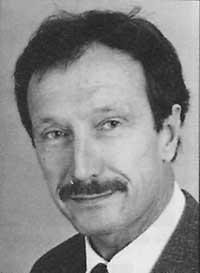
These concepts were already known and, precisely, the procedure to which the Nobel Prize in Medicine was awarded in 1980 was first postulated by B. Benecerraf, J. Dausset and G. Snell. What is the contribution of this year's winners?
Doherty and Zinkernagel have analyzed and described the role of HPS that function as codes within the same organism. According to the 1974 study, some viruses attack hiding the SPH, that is, deceiving the organism by hiding the code. Therefore, all this work confirms that the SPH or histocompatibility system is fundamental for identification.
Buletina
Bidali zure helbide elektronikoa eta jaso asteroko buletina zure sarrera-ontzian











